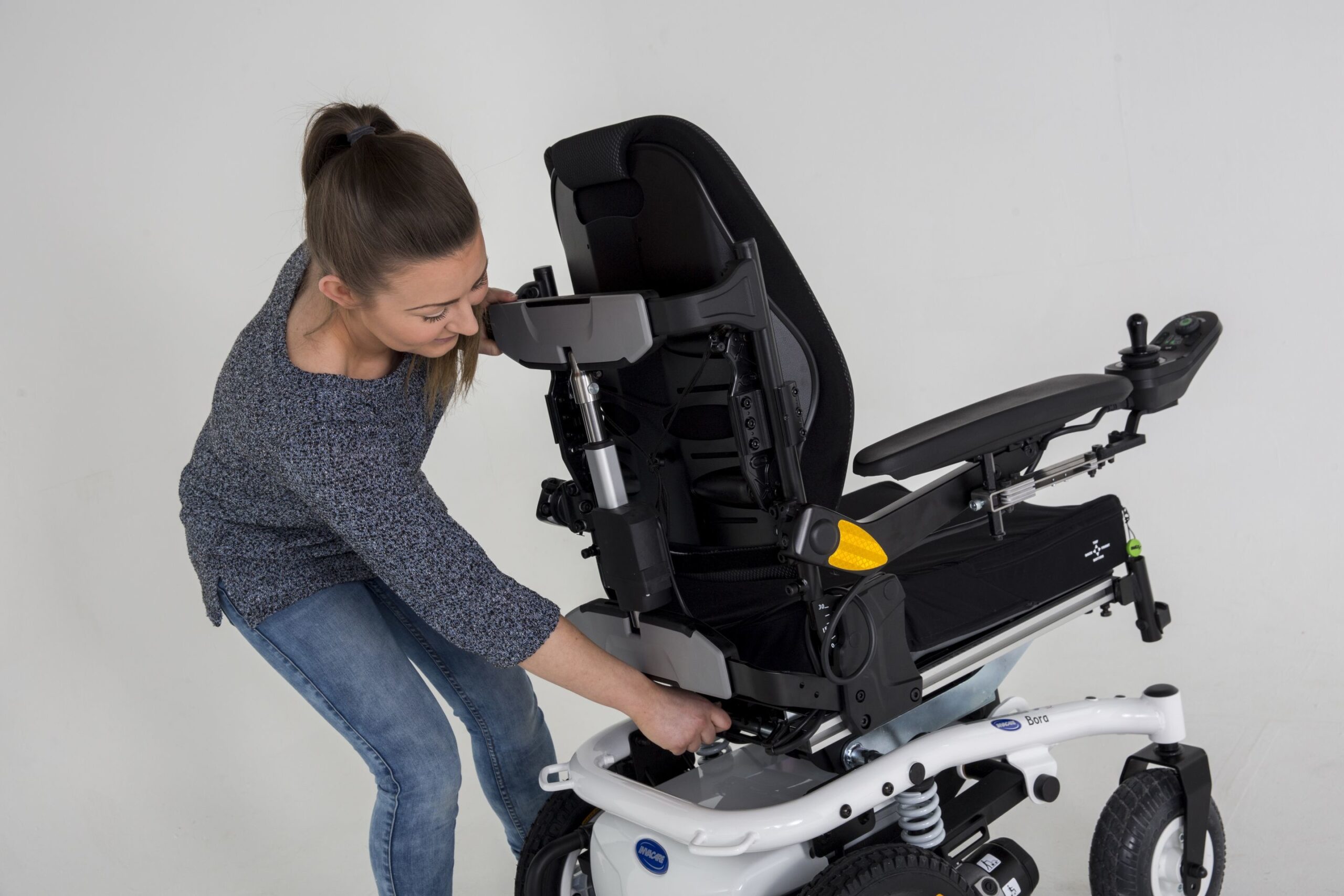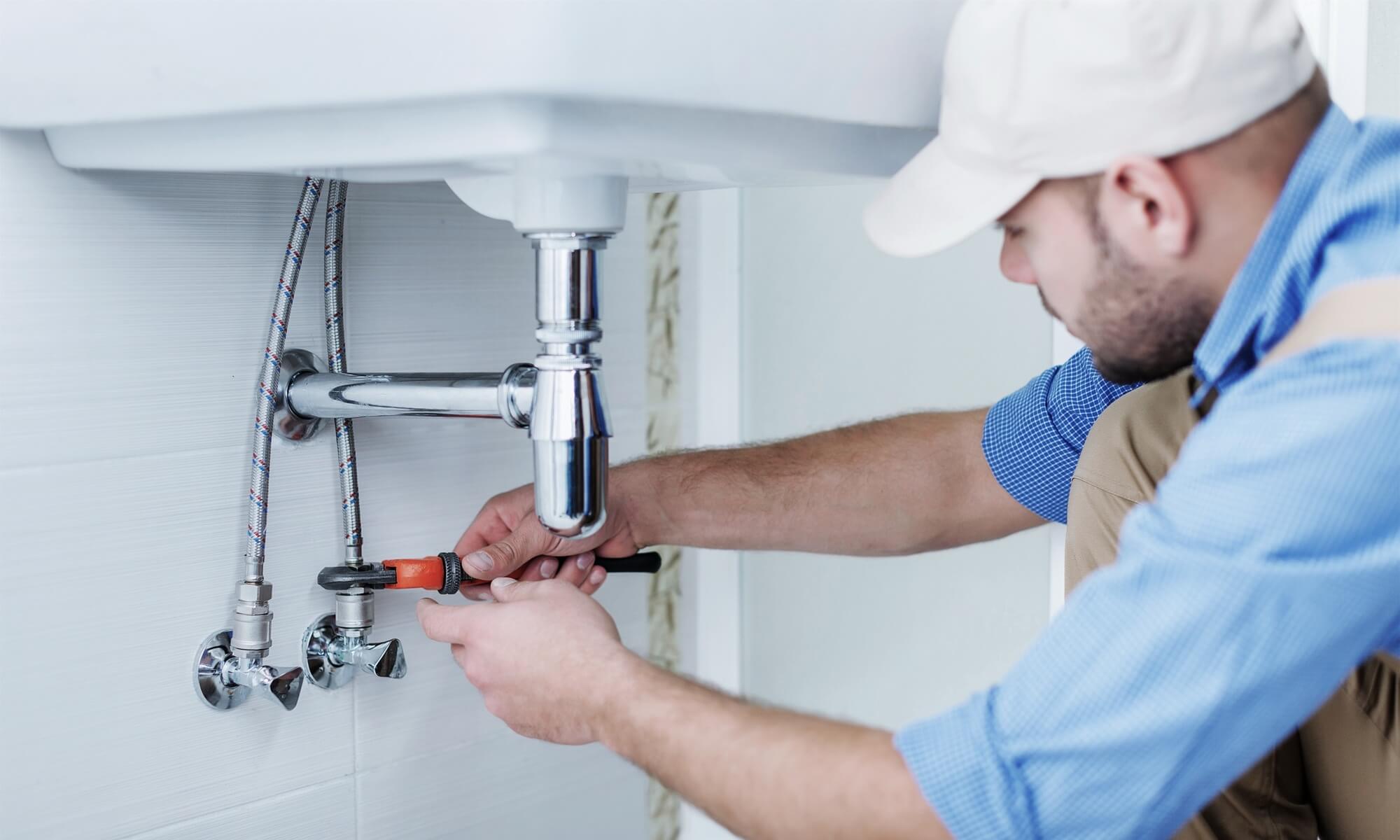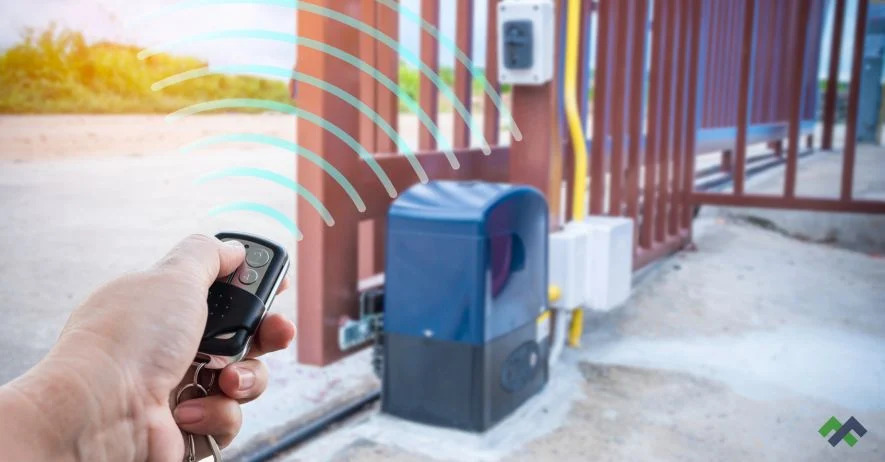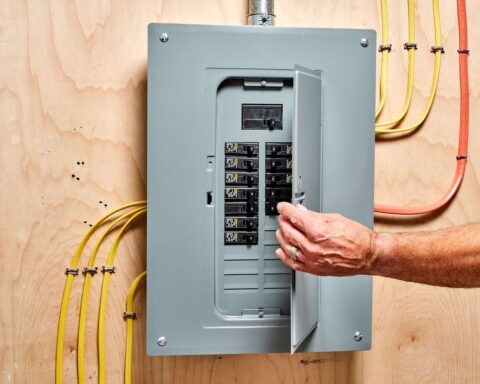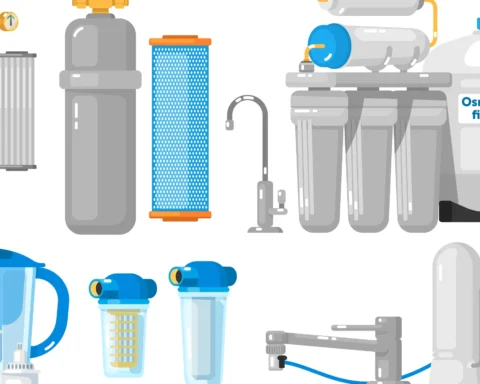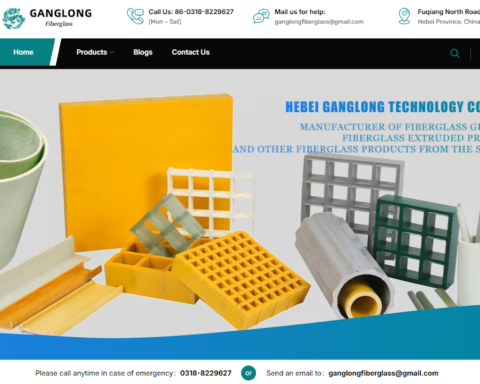Maintaining your wheelchair at home is crucial for ensuring its longevity and your safety. Regular checks and repairs can prevent larger issues down the road. This guide will walk you through the essential steps and tips for handling wheelchair products and maintenance at home.
Regular Maintenance Routine
Taking a proactive approach to wheelchair maintenance can save you time and money in the long run. Here’s how to establish a regular maintenance routine:
Daily Checks
Every day, take a few moments to inspect your wheelchair. Look for any visible signs of damage, such as cracks in the frame or loose bolts. Ensure that the tires are properly inflated, as under-inflated tires can make maneuvering difficult and cause unnecessary wear.
Weekly Checks
Once a week, perform more thorough checks. Test the brakes to ensure they engage and disengage smoothly. If the brakes feel loose or don’t hold the wheelchair in place, they may need adjustment. Clean your wheelchair with a damp cloth to remove dust and dirt, which can accumulate and cause parts to wear out faster.
Monthly Checks
Monthly checks involve more detailed inspections. Check the alignment of the wheels; misaligned wheels can cause the wheelchair to pull to one side. Lubricate moving parts like axles and bearings with a silicone-based lubricant to ensure smooth operation. For electric wheelchairs, check the battery to make sure it’s holding a charge and inspect the connections for corrosion, cleaning the terminals if necessary.
Common Wheelchair Repairs
While regular maintenance can prevent many issues, some repairs are inevitable. Here’s how to handle some of the most common wheelchair repairs at home:
Fixing Flat Tires
Flat tires are a frequent issue, but they’re relatively easy to fix. First, detach the wheel from the wheelchair by loosening the quick-release lever or bolts. Inspect the tire for punctures or tears. If you find a puncture, use a tire repair kit to patch it up. If the inner tube is damaged beyond repair, replace it with a new one. Inflate the tube to the recommended pressure before reattaching the wheel.
Adjusting Brakes
Properly functioning brakes are essential for safety. To adjust the brakes, first test them by engaging them and trying to move the wheelchair. If it moves, the brakes need adjustment. Use a wrench to tighten or loosen the brake cable as needed. The brakes should hold the wheelchair in place when engaged.
Replacing Cushions
Over time, wheelchair cushions can wear out and lose their support. To replace them, unfasten any straps or Velcro holding the old cushion in place and remove it. Place the new cushion on the seat, ensuring it fits snugly, and secure it with any provided fasteners.
Tools and Supplies Needed
Having the right tools and supplies on hand makes home repairs and maintenance much easier. Here’s a basic list:
- Wrenches (various sizes)
- Screwdrivers (Phillips and flathead)
- Tire repair kit
- Inner tubes
- Lubricant (silicone-based)
- Cleaning cloths
- Brake cable
- Replacement cushions
Tips for Preventing Wear and Tear
Preventive care can significantly extend the life of your wheelchair. Here are some tips:
Avoid Overloading
Do not exceed the weight limit of your wheelchair as it can cause excessive strain on the frame and wheels.
Store Properly
When not in use, store your wheelchair in a dry place away from extreme temperatures. Exposure to moisture and extreme temperatures can cause rust and damage to the wheelchair’s components.
Regular Cleaning
Keep your wheelchair clean to prevent dirt and debris from causing wear on the moving parts. Regular cleaning also helps you spot potential issues early.
Smooth Surfaces
Whenever possible, use your wheelchair on smooth surfaces to reduce stress on the wheels and frame. Rough terrain can cause damage and increase wear and tear.
When to Seek Professional Help
While many repairs can be handled at home, some issues require professional attention:
Structural Damage
If the frame or major components are cracked or bent, seek professional repair. Attempting to fix structural damage without the proper tools and expertise can lead to further damage.
Electrical Issues (for electric wheelchairs)
Problems with the motor, battery, or electronic controls should be handled by a professional. Electrical repairs can be complex and attempting them yourself can be dangerous.
Complex Repairs
If you’re unsure about any repair, it’s safer to consult with a professional to avoid causing further damage. Professionals have the expertise and tools to handle complex repairs effectively.
Conclusion
Regular maintenance and timely repairs are essential for keeping your wheelchair in top condition. By following this guide, you can handle most routine maintenance and minor repairs at home, ensuring your wheelchair remains safe, comfortable, and reliable. For more complex issues, don’t hesitate to seek professional assistance. Taking good care of your wheelchair will not only extend its lifespan but also enhance your mobility and quality of life.
Keep an eye for more news & updates on EssentialTribune.Com!

